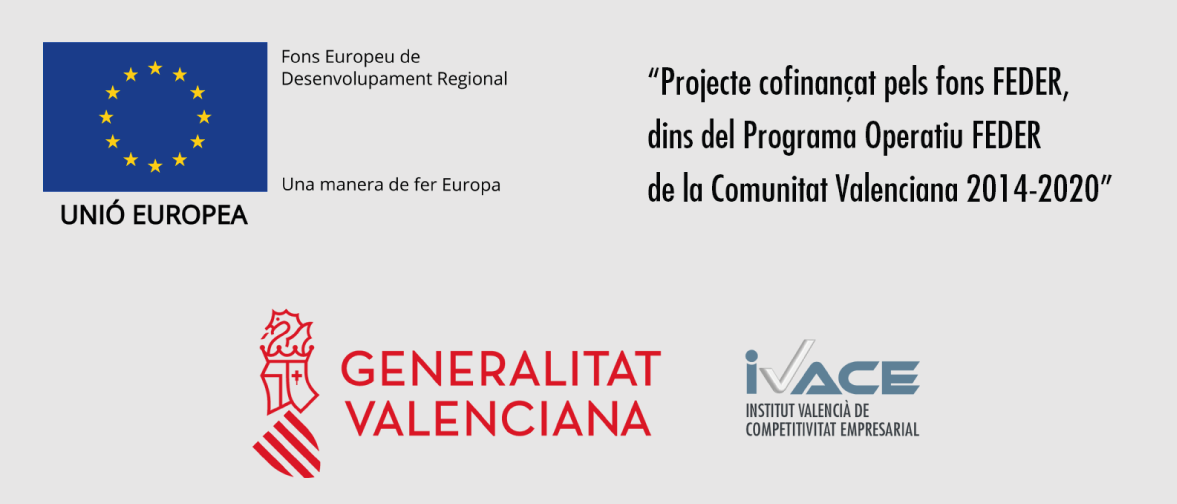1.1 - Tutorial objective
The objective of this tutorial is to provide the end-user with the necessary training materials and information to manage server-side pipelines and workflows for differential expression analysis (DE) and enrichment in RNASeq and GPRO server side. The tutorial also provides a guideline to familiarize users with the two protocols and two execution modes of RNASeq as described below:
Protocols:
-
“Tophat/Hisat2 & Cufflinks” is recommended for DE studies when the reference genome has an annotation GTF/GFF file.
-
“Mapping & Counting” is recommended for DE studies that do not have an associated GTF/GFF file.
Execution modes:
-
Step-by-step mode: the protocol is executed as a workflow of independent steps (e.g. quality analysis, preprocessing, mapping, transcriptome assembly and/or quantification, differential expression, and enrichment) with each step shown in an separate tab. A scroll down bar is also provided for each step to summarizing the available command line interface (CLI) software for each step.
-
Pipeline mode: all steps of the protocol are run automatically as a pipeline (i.e. one after another).
For more details on the two protocols and the two execution modes, visit the manual for RNASeq at https://gpro.biotechvana.com/tool/RNAseq/manual/overview

